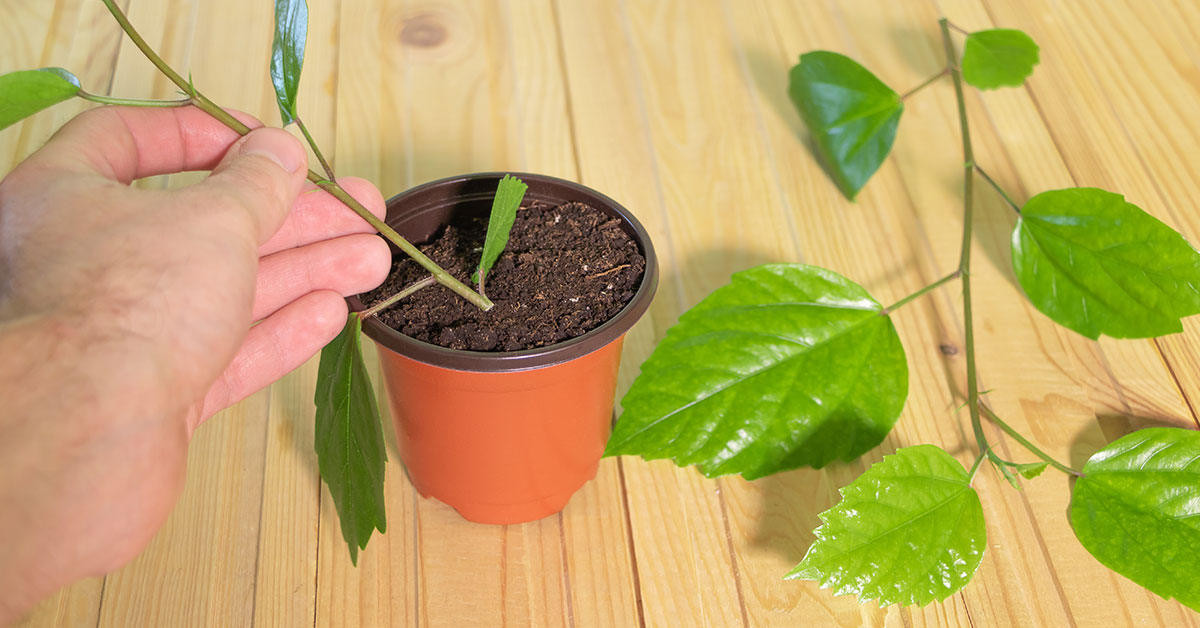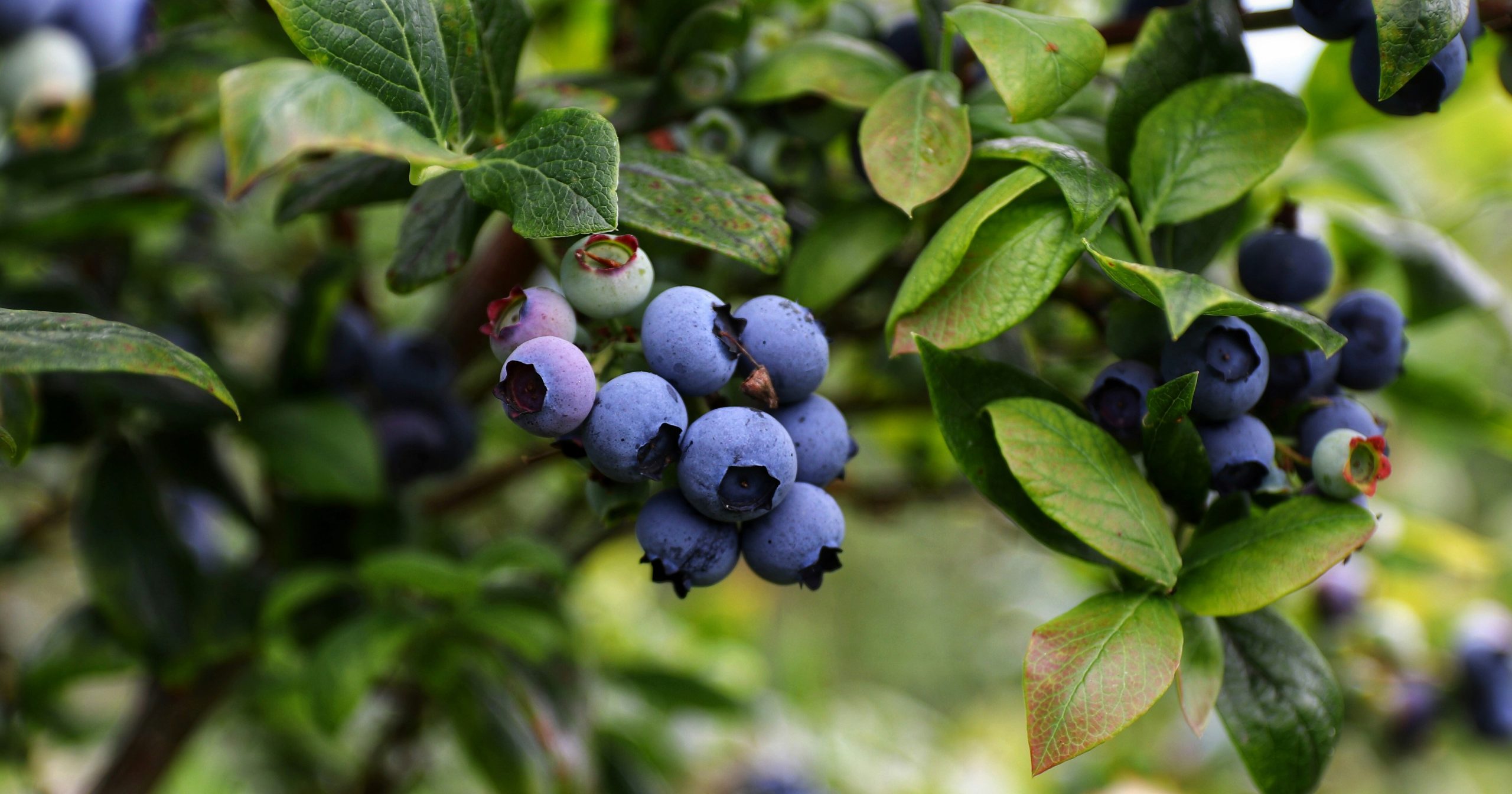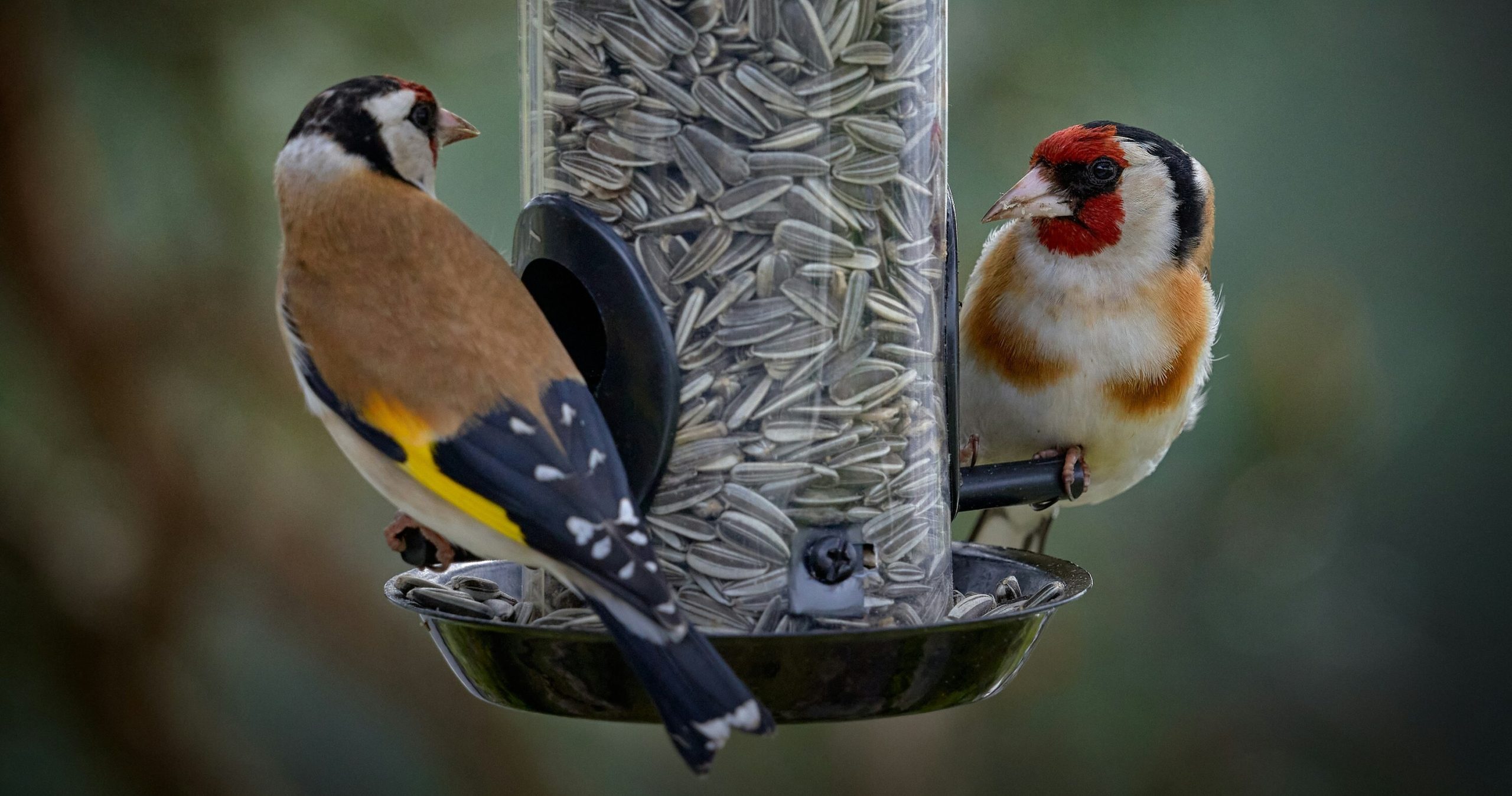Propagating hibiscus is an easy, rewarding, and cost-effective way to add beautiful, exotic red blooms to your garden. Planting hibiscus from cuttings is a straightforward process that anyone can do with a few supplies and knowledge about the best way to propagate hibiscus. We’ll cover the necessary steps to get you started propagating your own hibiscus. Learning to propagate from cuttings or seeds as well as providing the best soil and water conditions.
When To Propagate Hibiscus
Hibiscus is a popular plant due to its beauty and versatility. It is known for its bright, vivid colors and lush foliage, making it an attractive addition to any garden. It can be propagated easily and quickly by taking cuttings from existing plants, allowing it to grow in a variety of shapes and sizes. Hibiscus can also be grown in containers, making it a great choice for those with limited outdoor space. Additionally, hibiscus is known for its medicinal properties, as it is used to treat a variety of ailments, including headaches, fever, and sore throat. Propagating hibiscus is a great way to bring beauty and health benefits to your home and garden.
The best time to propagate hibiscus is in the spring when the days are getting longer and the weather is warming up. It is best to take cuttings from healthy, mature plants that are at least 6 inches tall. Take stem cuttings that are 4 to 6 inches long and remove any leaves that are below the soil line. Place the cuttings in a pot filled with moist potting soil and make sure to keep it moist until new growth appears. Once the roots have been established, the hibiscus can be transplanted into larger pots or planted in the garden.
How To Propagate Hibiscus From Cuttings
Propagating hibiscus from cuttings is an easy and inexpensive way to create new plants. To do this, start by selecting healthy, mature stems with at least two to three sets of leaves. Cut the stems just below a leaf node, making sure to make the cut at a 45-degree angle. Dip the cut end of the stem into powdered rooting hormone, then place it in a pot filled with moist soil. Cover the pot with a plastic bag, and place it in a warm, sunny spot. Check on the cutting every few days to make sure the soil is moist. In about four to six weeks, the cutting should have developed a strong root system and be ready to be transplanted into a larger pot.
The best soil for propagating hibiscus from cuttings is soil that is mostly composed of peat moss and perlite. This soil mixture should be light and airy and should not be too dense. The soil should also be well-draining in order to prevent root rot. To ensure the soil is well-draining, you should add some sand and/or vermiculite to the mixture. It is also important to use soil that is high in organic matter, such as compost or aged manure. This will help provide the cuttings with the necessary nutrients they need in order to be successful.
How To Propagate Hibiscus From Seeds
Hibiscus can be easily propagated from seeds. To start, gather seeds from a mature hibiscus plant or your local plant store, and plant them in a pot filled with a well-draining soil mix. Sprinkle the seeds lightly on the surface of the soil and cover them with a thin layer of soil. Keep the soil moist and place the pot in a warm, sunny spot. In about a week, the seeds should germinate and begin to sprout. Once the seedlings are a few inches tall, transplant them into individual pots filled with the same soil mix. Water regularly and keep the plants in a sunny spot until they are ready to be planted outdoors.
Providing Aftercare
Providing proper aftercare for propagated hibiscus can ensure that it survives and thrives for years to come. After the cutting is rooted, it should be potted in quality potting soil that is well-aerated, and mixed with a slow-release fertilizer to provide ample nutrients. The pot should have drainage holes to allow excess water to drain out. The pot should be placed in a sunny location and watered as needed to keep the soil moist. Avoid over-watering, as this can cause root rot. Fertilize the hibiscus every two weeks during the growing season to keep it healthy and growing. Pruning should be done as needed to maintain the desired size and shape. Lastly, it is important to watch for any signs of disease or pest infestations, and treat them as needed.
Propagated hibiscus plants require regular watering to keep them healthy, however, overwatering and underwatering can both cause problems. If overwatered, the soil can become waterlogged and cause root rot, which can stunt the growth of the plant and eventually kill it. On the other hand, underwatering can cause the plant to become dehydrated and wilted, leading to yellowing of the leaves and stunted growth. To avoid both issues, aim to provide your propagated hibiscus with enough water to keep the soil moist. To check if your plant needs watering, stick your finger in the soil to check for dryness. If the soil is dry, provide water until it is moist and allow the excess to drain before replacing the pot in its saucer.
Monitor For Pests And Diseases
Hibiscus plants are susceptible to a variety of pests and diseases. Common pests include aphids, thrips, and mealybugs, which feed on the leaves of the hibiscus, damaging the foliage and stunting its growth. Common diseases include powdery mildew, leaf spot, and hibiscus blight. These diseases can cause yellowing, distortion, and death of the foliage and can spread quickly to other hibiscus plants. To protect propagated hibiscus, gardeners should regularly inspect their plants for signs of pests or disease and treat them with an appropriate insecticide or fungicide.
Pruning a propagated hibiscus is an essential step in growing a healthy and vibrant plant. To begin, make sure to use sharp, clean pruning shears or scissors. Gloves can also provide some protection for your hands from the thorns. Start by removing dead or damaged branches and leaves. Next, take a look at the overall shape of the hibiscus. Determine which branches need to be pruned to give the plant a more balanced look. Make sure to use the three-cut method when pruning, which involves cutting one-third of the way through the stem, then snipping the remaining two-thirds from the opposite side. Finally, if the hibiscus is producing too many flowers, cut back the stems to encourage more branching and fuller, healthier growth.













